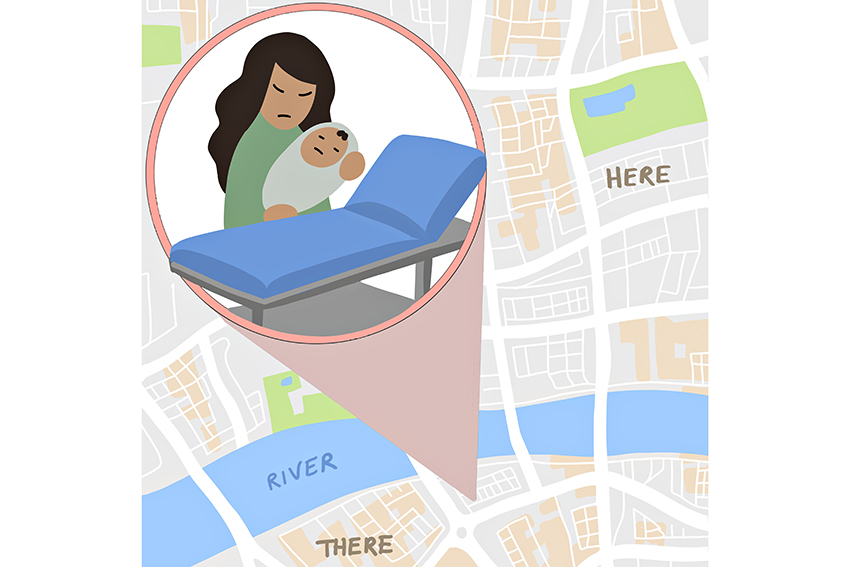A new mapping tool created by the UT System shows that infant death rates vary heavily across the state.
Infant mortality is defined as the death of a child under one year of age. David Lakey, UT System chief medical officer and vice chancellor for health affairs, said this tool is one of the first to identify infant mortality rates by ZIP code.
“(In the past,) we’ve been working with county-level data, but some of the counties have over six million people,” Lakey said. “This is one of the first times that we’ve had that data at such a granular level, which tells you where to intervene.”
Lakey became interested in developing this tool after he realized the infant mortality rate is a comprehensive measure of a community’s health.
“Not only do you have to have healthy people, but you also have to have access to care, healthy behaviors, education, all those things … for healthy babies to be doing well in the community,” Lakey said.
In addition, Lakey said regional and local differences in infant mortality rates can often be masked by large-scale data.
“Texas is a very large state, and when you just report state or county numbers, sometimes pockets of poor health can be masked when they’re included in such a big number,” he said.
To create the map, Lakey and his team obtained birth and death certificate data from the Department of State Health Services. They matched the two sets of information to determine the number of babies that had died within their first year of life and then mapped the death rates by ZIP code.
They concluded that location is an important predictor of health outcomes.
“In many ways, ZIP code becomes a better predictor for health than genetic code,” Lakey said. “You can have two ZIP codes side by side and have very stark differences in the chances of a baby surviving into its first year. For example, up in Fort Worth, there are two ZIP codes that were side by side, one with an infant mortality rate of 1.8 (per 1000 births), another with an infant mortality rate of 12.3, so a six-fold difference … in a very small geographic area.”
Recognizing these disparities is the first step to understanding the causes behind infant deaths. Researchers, physicians and public health officials can study these causes through a medical lens, according to Lakey.
Mapping the most common clinical causes of infant deaths could be the next step, said Molly Pont, assistant professor of pediatrics at Dell Medical School. Understanding the medical reasons would allow pediatricians to plan interventions targeted to certain areas.
“(We could see) if this particular area has a problem with prematurity and birth defects, and if this is something we can really target and focus on, or (whether it’s) more about educating families about safe practices,” Pont said.
For example, if the most common causes of infant death in an area consisted of sudden infant death syndrome and injuries, pediatricians could improve parents’ understanding of the risks of fetal positioning and factors that increase chances of suffocation. Alternatively, obstetricians could focus on educating pregnant women about dietary requirements if infant deaths in an area were primarily due to birth defects, according to Pont.
Infant mortality can also be viewed through a broader public health lens by taking into account larger social and environmental factors, Lakey said.
“Poverty, health literacy, access to healthcare and the community’s values all play into these health outcomes,” he said.
Lakey said he hopes this tool will inspire communities to start discussions about improving infant health.
“You develop your strategy based on what you hear from that community,” Lakey said. “For example, if there’s a clinic that people can’t get to because they’re working during the day, you can think about getting the clinic to expand their hours.”















